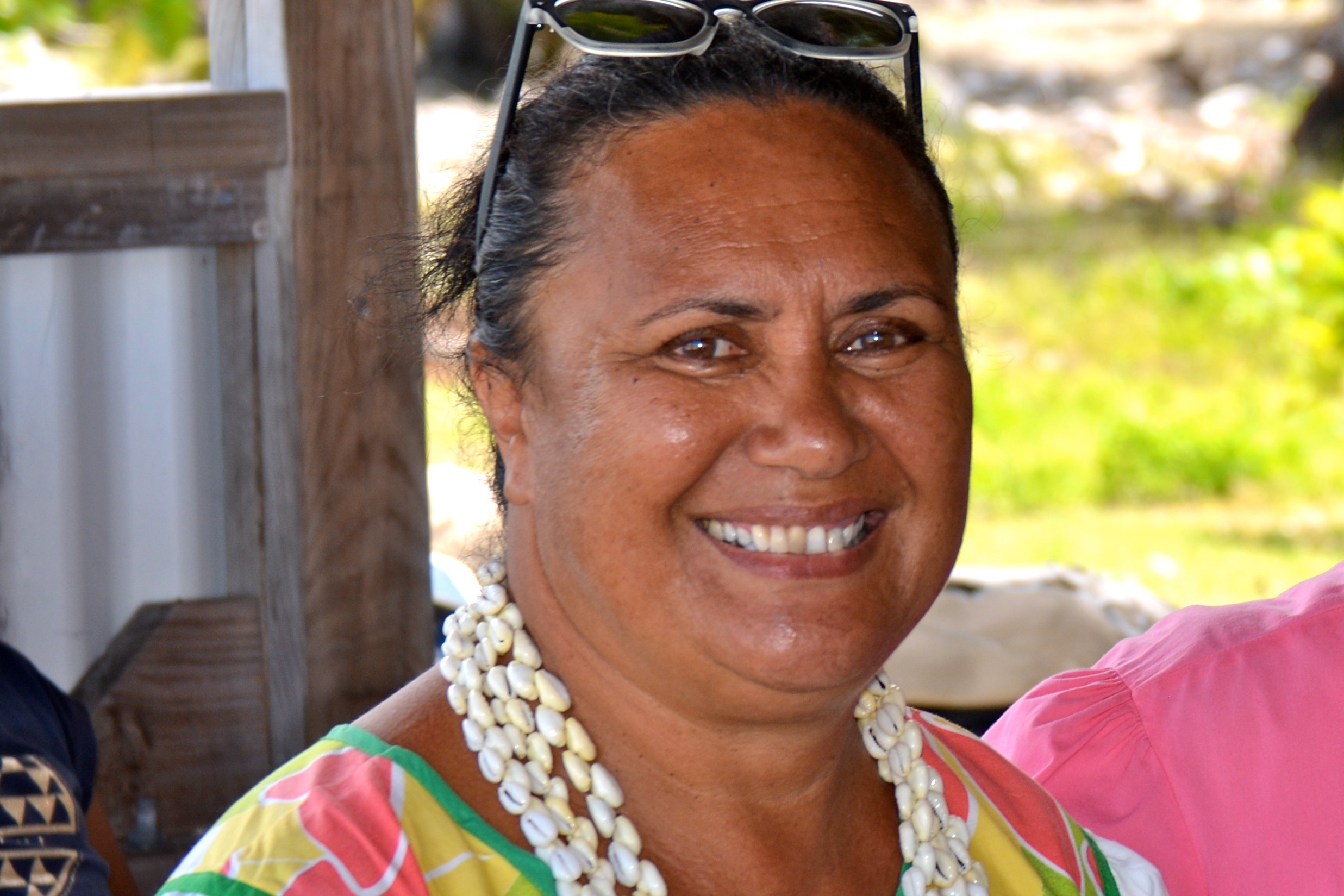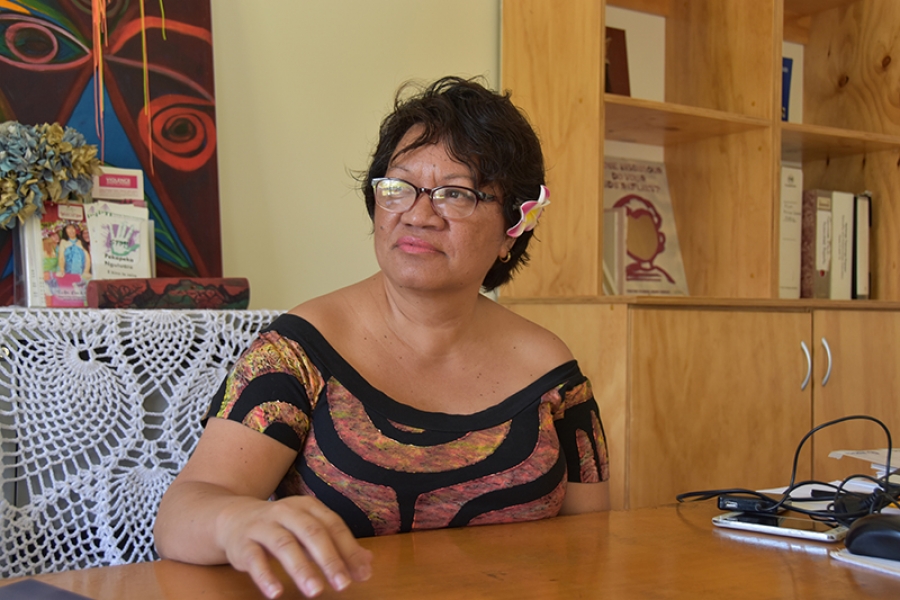BALTIMORE – The Johns Hopkins University library in Baltimore, USA, is hosting a photography exhibition entitled ‘In Wake: Rising Seas, Vanishing Islands’.
The photographs, taken by senior student Justin Falcone, document the rapidly changing human geography of the southern Pacific Ocean.
Falcone says he is dedicated to furthering an understanding of the past and present implications of environmental change and has long been interested in the advocacy applications of photography and geospatial technologies.
He sailed between Tahiti, the Marquesas, Kiribati, and Hawai‘i in the spring of 2013 and investigated the sociocultural implications of water scarcity on island communities as part of his undergraduate research.
The exhibition, which will be on display through mid-March, challenges traditional conceptions of the South Pacific as paradise. Instead, the photos depict the dynamic reality of living by the ocean as sea levels rise as a result of environmental change.
“There is a certain irony in statistically representing environmental change, in sanitizing for public consumption places that are left off many maps – and will be left off every map should sea levels continue to rise as projected,” Falcone says.
Indeed, Pahoa, Hawai‘i, where he worked on an organic farm for several months, has already been dramatically altered by the Kilauea volcano.
“Living in the shadow of other volcanoes, Etna and Vesuvius, I’ve found images that capture the poetics of volcanic destruction powerful in distilling a sense of the quite literally explosive relationship humans can have with the environment,” he says. Falcone’s exhibition references French post-impressionist Paul Gauguin, whose paintings depict indigenous cultures in the South Pacific in the late 19th century. Although the exhibition title refers to the rising seas, it also plays on the troublesome anthropological trope of the “vanishing native”.
Recognising the history of the South Pacific to be one of movement and migration, Falcone attempts to re-characterise the South Pacific in the wake of Gauguin’s iconic paintings, which depict the region as an exotic tourist destination.
Falcone took a particular interest in the island nation of Kiribati during his research. Many geologists and environmental scientists estimate that by the year 2050 the island nation will be completely submerged.
Falcone’s project was exemplary in its “study of those communities particularly at risk due to climate change and rising sea levels,” says Ami Cox, administrator of the Woodrow Wilson Undergraduate Research Fellowship Programme.
“‘In the Wake’ is a powerful expression of Justin’s journey and allows viewers to experience the beauty, the heartbreak, and the hope he has discovered along the way.”
When Falcone returned home from his expedition, he launched Project Kiribati, the first international initiative designed to support a sustainable clean water infrastructure for the low-lying island nation.
The group worked to supply medical equipment, vitamins, and water purification tablets to individuals living in Kiribati.
Falcone, who is currently studying environmental archaeology and minoring in global environmental change.
‘In the Wake’ is a component of his thesis in the Humanities Centre Honours Programme.











































